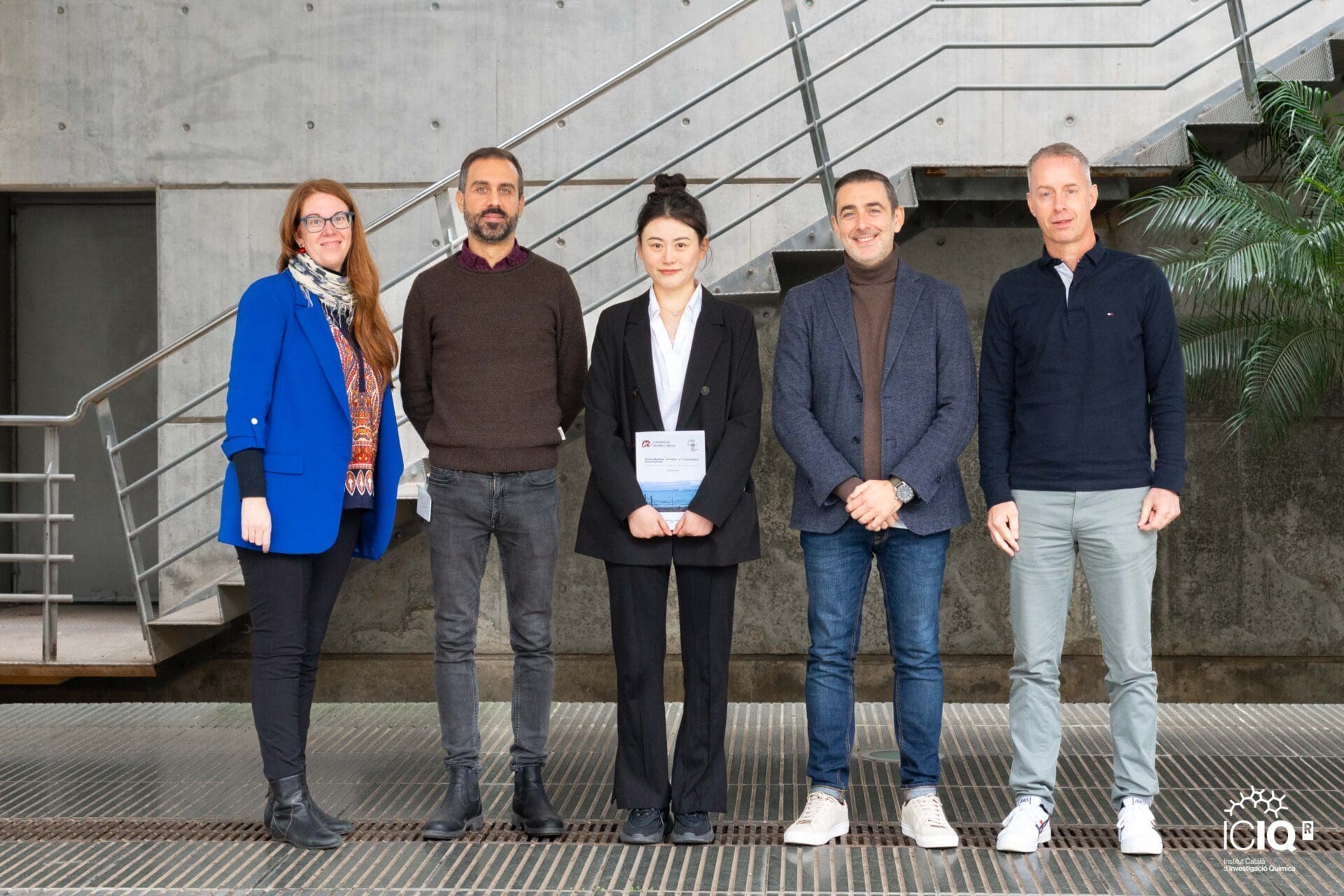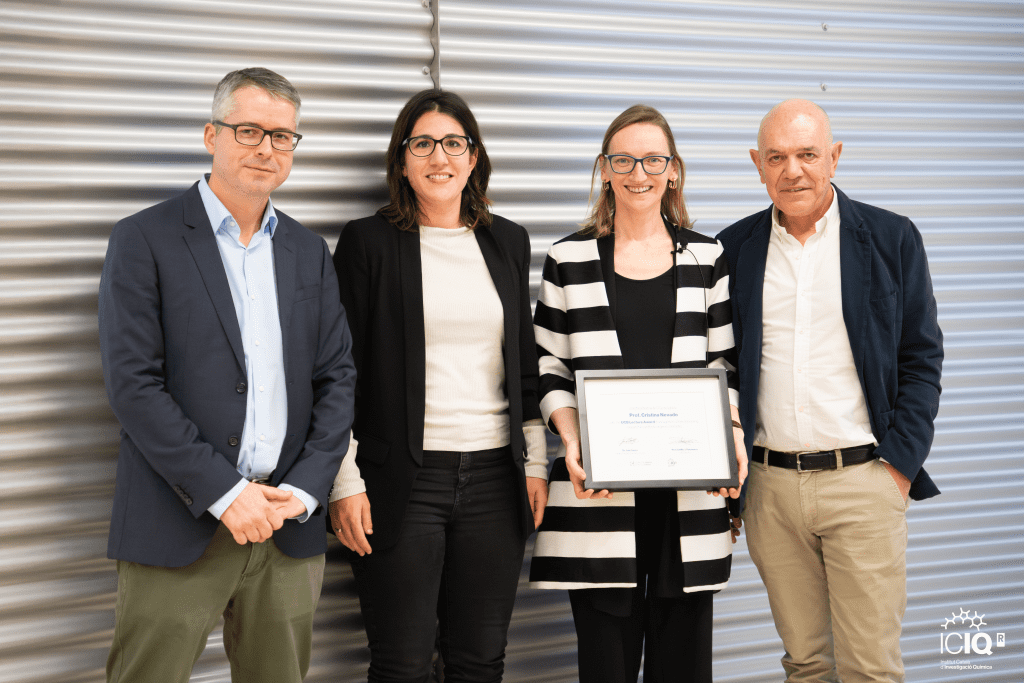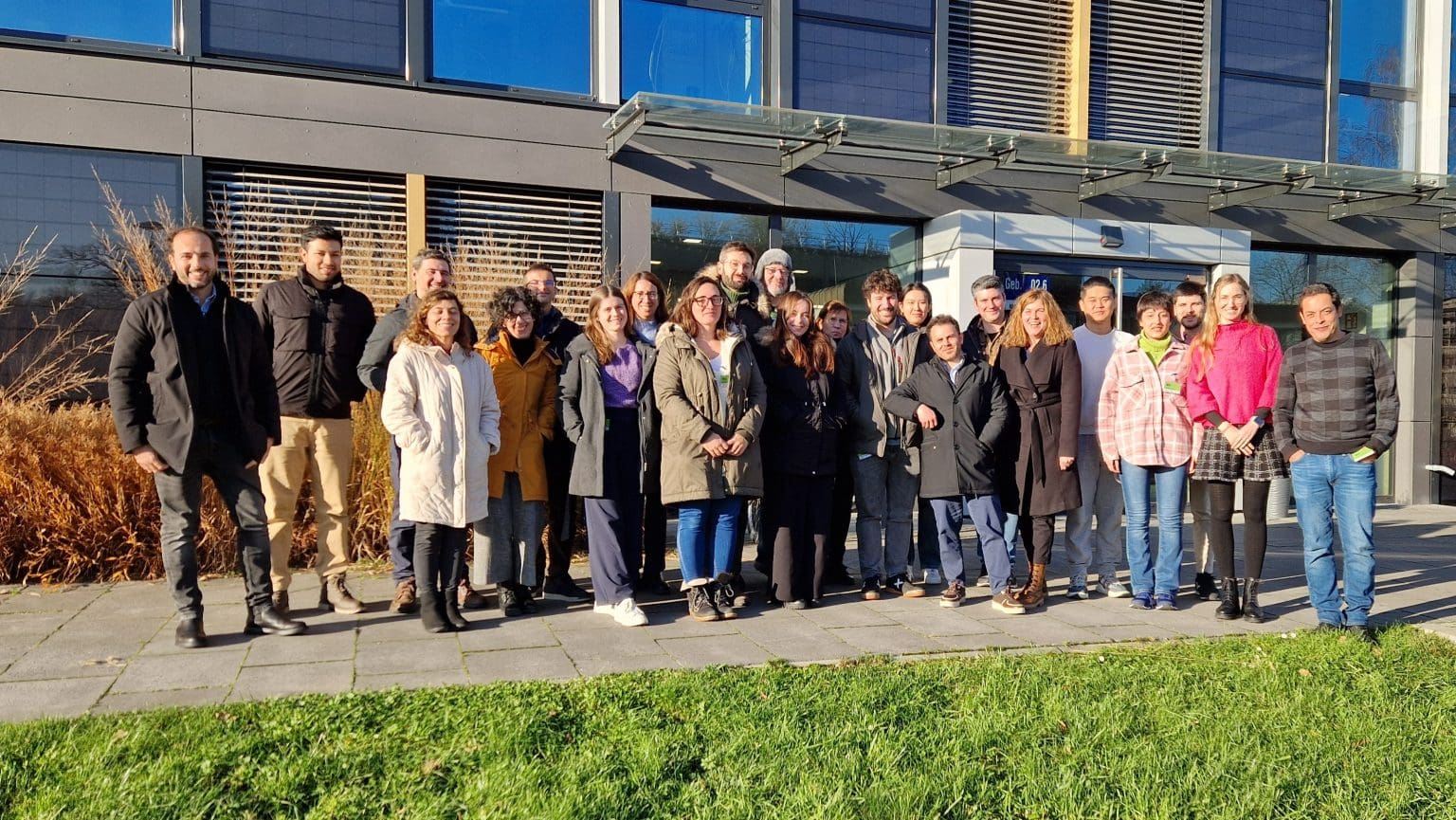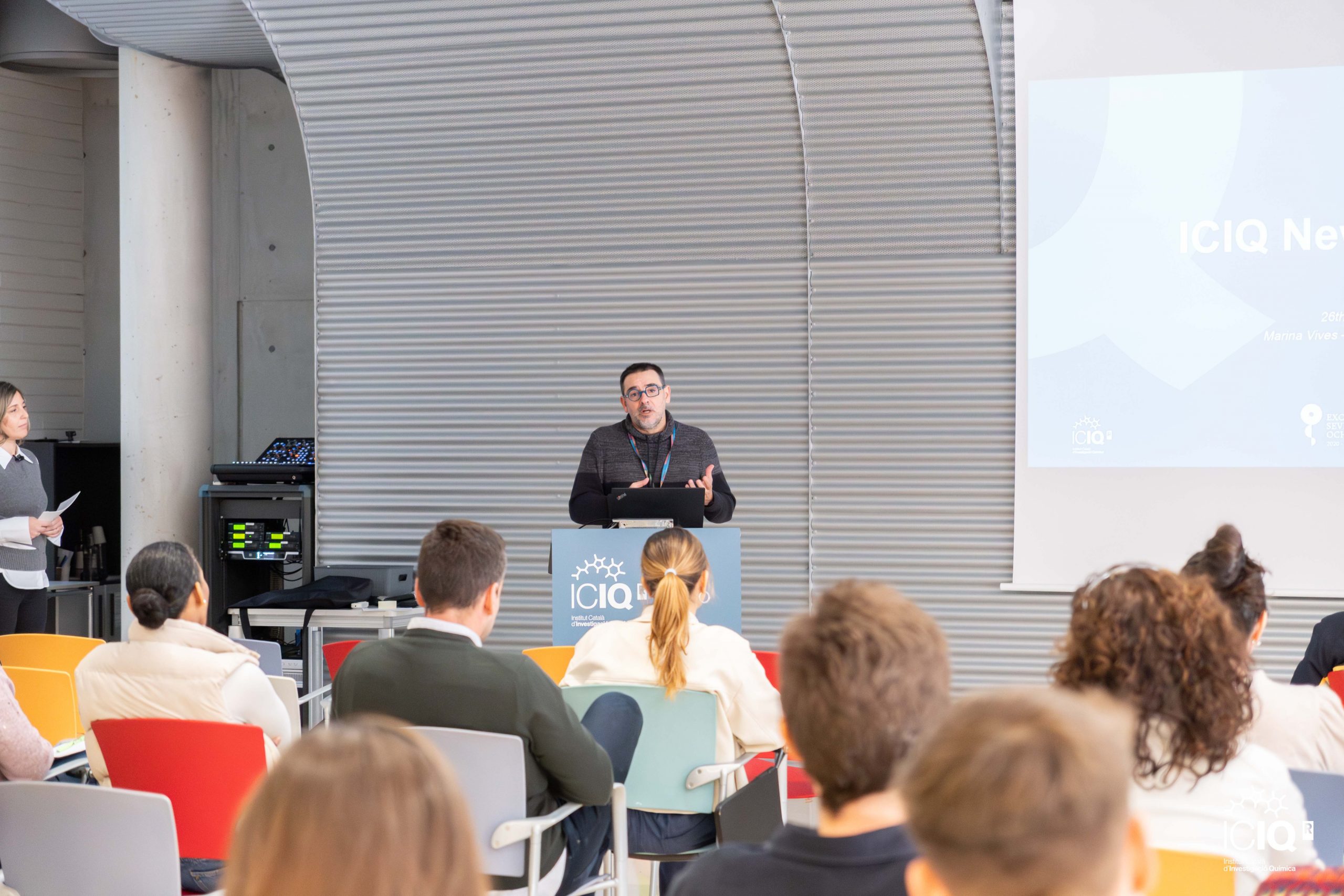Feliu Maseras, reference in the Nobel Prize in Chemistry
Martin Karplus, Michael Levitt and Arieh Warshel received the most prestigious chemistry award given by the Nobel Foundation for their work on the development of multiscale methods, which have been fundamental to lay the foundations of modern computational chemistry.
Feliu Maseras has been cited in the documents published in the Nobel Foundation’s website: ‘Important contributions have been given not only by this year’s laureates but also by many others including J. Gao, F. Maseras and K. Morokuma, C.U. Sing and P. Kollman and H. H. Senn and W. Thiel’.
Maseras, very kindly, has helped us better understand the relevance of the research awarded with this year’s Nobel Prize in Chemistry.
– Nobel Prize in Chemistry 2013 for multiscale methods – by Feliu Maseras

The three laureates’ contribution was pivotal to the initial development of multiscale methods, which are methods that allow the study of very large molecules by computational chemistry.
Multiscale methods add another dimension to computational chemistry, as they use different methods for different regions of the same chemical system. The most typical case is the use of quantum methods, which are accurate but expensive, to describe a small region of the system, and a method of molecular mechanics, with less computational cost, for the entire system.
In many chemical systems there are very specific regions that require a more accurate description. For instance, an enzyme consists of a well-defined and relatively small in size active site, and a much larger protein region surrounding the active center and very different from this one. In this case, multiscale methods allows the study of the global system: Quantum methods are applied in the study of the active site whereas molecular mechanics methods are used for the rest of the system.
Warshel and Levitt published the first article describing multiscale methods back in the 70s. At that time, those results did not have much impact because the investigation was very advanced for its time and it could not be applied, since it required the use of more powerful computers than did not exist back then. Karplus’ results appeared a decade afterwards. He adapted the method developed by Warshel and Levitt to make it suitable for a wider application in the field of biochemical systems calculation. His work laid the foundations for the expansion of such methods, which took place in the last decade of the last century.
The development of these methods enables the theoretical study of enzymatic reactions, such as the coupling process of a drug to its target protein. They can also be successfully applied in other areas of chemistry, such as complex processes in homogeneous catalysis.
This is the second time that Professor Maseras is referenced in the Nobels. Professor Akira Suzuki, Nobel Prize in Chemistry in 2010, also refers to an article by Professor Maseras during his Nobel Lecture at the University of Stockholm in December 8th, 2010.
Press coverage:
– SINC: Un químico español se menciona en el Nobel de Química 2013
Related news

Let's create a brighter future
Join our team to work with renowned researchers, tackle groundbreaking
projects and contribute to meaningful scientific advancements






 11-12-2024
11-12-2024 


















